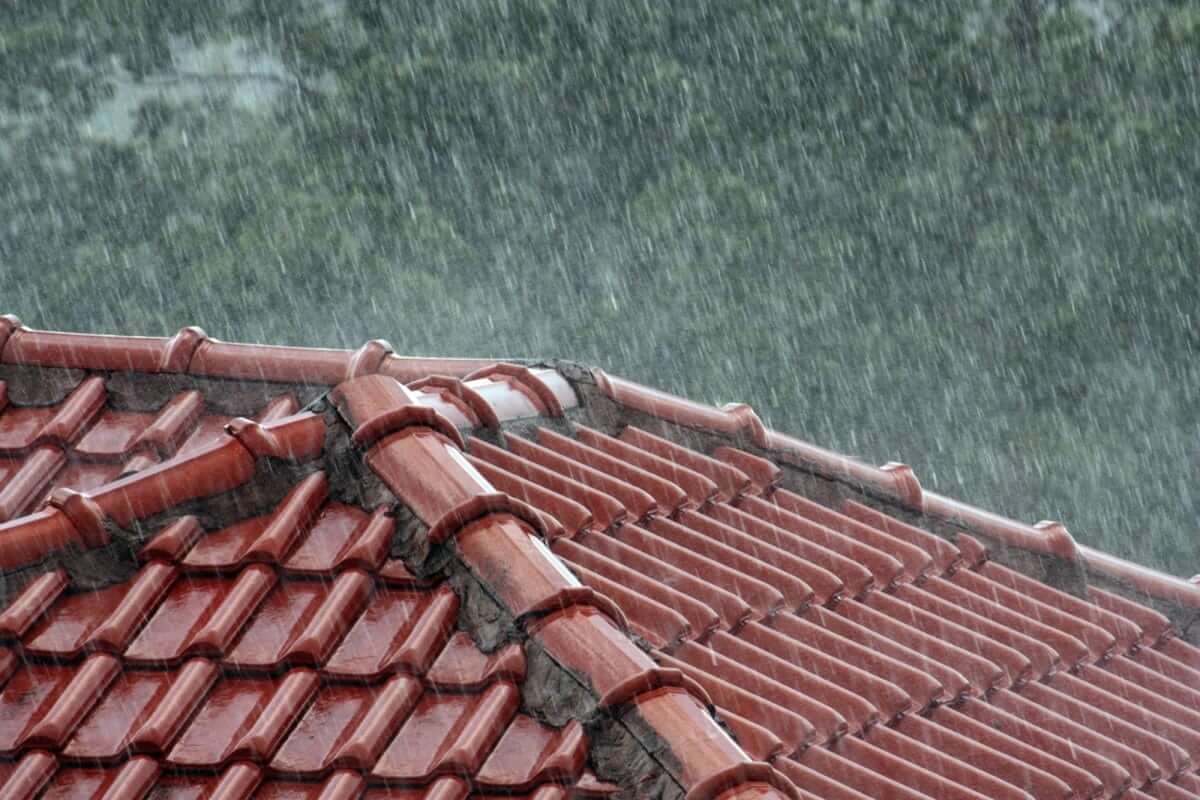How does rain catchment work and how does it save water for your home? Today, we’re explaining everything you need to know about the benefits of rain catchment, how it works and how Palo Santo Designs can design and build a new Santa Fe home with this water conserving system or retrofit a current home.
What is Rain Catchment?
Rain catchment is based on a simple premise: by catching water that falls from the sky, we can reduce our home’s water consumption and preserve one of New Mexico’s scarcest and most valuable resources.
Santa Fe gets just 14 inches of precipitation per year, on average. The US average is 35 inches. Understandably, groundwater resources in our city face high demand. Today, rain catchment systems are becoming increasingly popular across the city of Santa Fe.
With rain catchment, you can capture water using a variety of different systems. Then, you store that water until later use.
Rain catchment has been used by humans for thousands of years. Today, it’s facing a resurgence around the world as people seek to minimize their environmental impact.
Why Rain Catchment for Santa Fe Homes?
Rain catchment is a requirement in Santa Fe County for certain sized homes, and it’s a practical way to provide landscape irrigation without tapping into our precious reserves.
Most often rain water catchment systems are used to water outdoor landscaping, it’s now also possible to filter rainwater for indoor domestic use. For example, Palo Santo Designs recently completed a LEED Platinum home where 100% of the roof areas were used to channel rain water into two holding cisterns, one of which is used for landscape irrigation, the other is used for flushing toilets inside the home, dramatically reducing the homes water consumption over time.
Another advantage of rainwater is that it’s free of most contaminants and pollutants, like salts, minerals, and artificial chemicals.
Whether you want to irrigate your land, reduce your home’s water bill, or minimize your environmental impact, rain catchment systems are a guaranteed way to save water for a Santa Fe home.
How Rain Catchment is Implemented at Home:
Rain catchment, generally speaking, involves a catchment system and a storage system.
The catchment system captures the water falling from the sky while the storage system stores that water for later use.
Typically, in an urban setting, your home’s roof will be its catchment system. Rainwater hits your roof, travels to the gutters and downspouts, and then falls into your storage system.
You can get more advanced and use a series of cisterns, tanks, and reservoirs. These storage units store your water until it’s needed. Or, they may be connected directly to your home to be used on a daily basis.
Why You Should Consider Adding Rain Catchment to your Santa Fe Home:
Ultimately, rainwater harvesting systems on the roof of your home can capture and store 6,500 liters (1717 gallons) of clean water a year in an average climate. That amount will be slightly lower in the dry climate of Santa Fe, but that’s still a significant amount of water you don’t have to draw from your home’s taps.
You can use this captured water for all sorts of different purposes. Some people use it to just water their lawn and garden. Other people use it to wash their vehicles, clean their driveways, or for other outdoor purposes.
Of course, some people also purify the water and use it in all other parts of their home. In Santa Fe, many people also use rainwater catchment systems to minimize their vulnerability to drought.
Environmental efficiency is a key goal in many new homes. Award-winning Santa Fe homebuilders like Palo Santo Designs can design a home with a world-class rain catchment system – so you can reduce your water consumption, reduce your bills, and feel better about your environmental impact.




